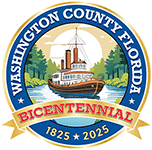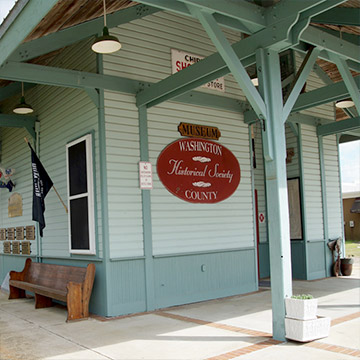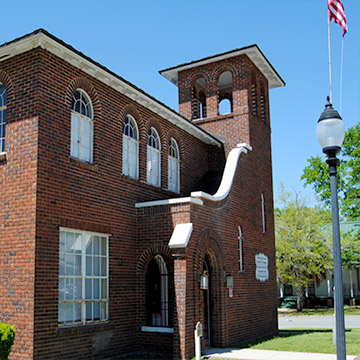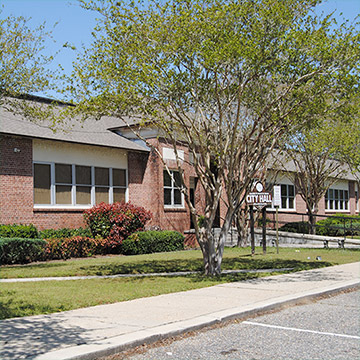Vernon, Florida
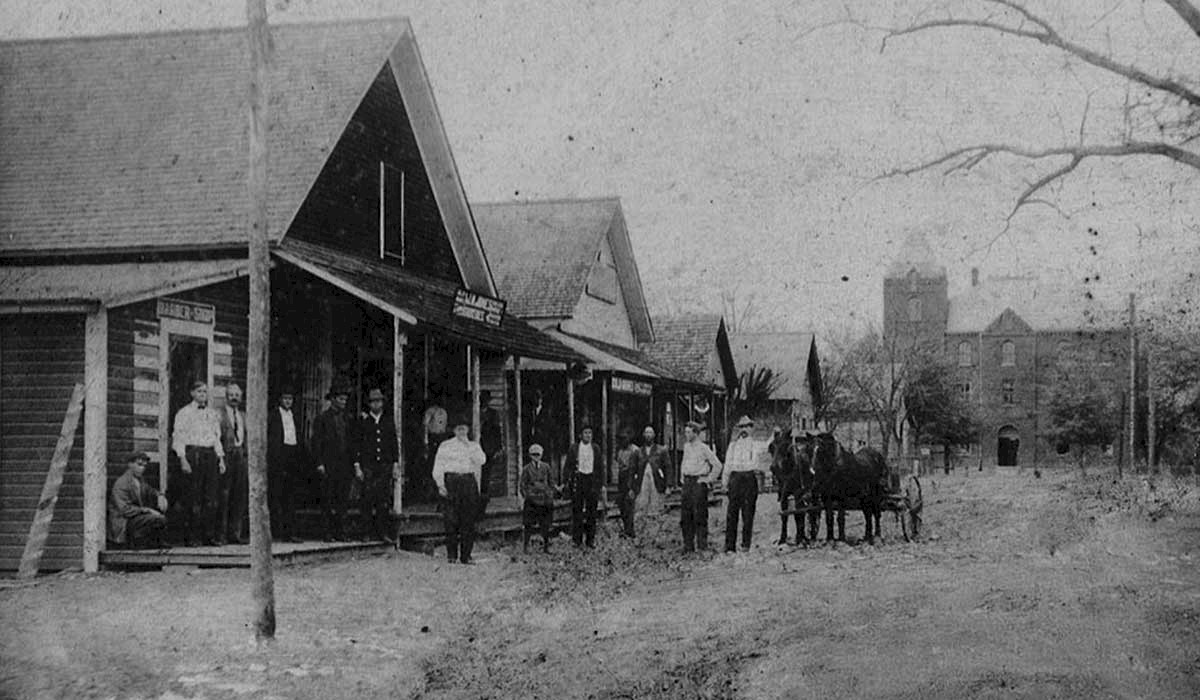
The History of Vernon, Florida
Source: Washington County TDC
Nestled in the heart of the Florida Panhandle, 12-Miles southwest of Chipley, Vernon is a small town with a rich tapestry of history that reflects the broader themes of settlement, growth, and resilience. Founded in the late 19th century, Vernon has evolved from a humble agricultural community into a town that embodies the spirit of rural Florida.
Early Settlement
The area that would become Vernon was originally inhabited by Native American tribes, including the Creek and Choctaw. These tribes thrived on the region's rich natural resources long before European settlers arrived. The first significant influx of settlers occurred in the 1820s, as part of the broader movement of Americans seeking new opportunities in the southern territories. The fertile land and favorable climate attracted farmers, and soon the area was known for its agriculture.
Establishment and Growth
Vernon was officially established in 1880 and named after Mount Vernon, George Washington's plantation. The arrival of the railroad in the late 1800s was a pivotal moment for the town, facilitating the transport of agricultural products and timber. This connectivity not only boosted the local economy but also attracted more settlers, leading to a population increase and the establishment of essential services, such as schools and churches.
By the early 20th century, Vernon was flourishing. The cotton industry was particularly prominent, and the town became a key player in the agricultural economy of Washington County. Local businesses began to emerge, creating a vibrant community atmosphere that fostered social interactions and local pride.
Impact of World War II
World War II brought both challenges and opportunities to Vernon. Many young men enlisted or were drafted into the military, leaving behind their families and farms. The community rallied to support the war effort, contributing food and goods to troops. This period also saw an influx of workers from other areas drawn by military installations nearby, adding diversity to the town’s population.
The post-war era marked a significant transformation for Vernon. Veterans returned home, eager to rebuild their lives and contribute to their communities. The 1950s and 1960s were characterized by modernization; infrastructure improvements were made, including new schools and roads, which enhanced connectivity and quality of life.
Economic Evolution
Despite its growth, Vernon faced economic challenges in the latter half of the 20th century. The decline of traditional industries, such as timber and cotton farming, prompted the community to adapt. Efforts were initiated to attract new businesses, and local leaders recognized the need to diversify the economy.
In recent years, tourism has emerged as an important sector, as visitors are drawn to the area’s natural beauty and historical significance. The town’s location near natural attractions, such as parks and lakes, offers recreational opportunities that have helped boost the local economy.
Contemporary Vernon
Today, Vernon is a small but resilient community that values its history while looking to the future. Local events and festivals celebrate the town's heritage, fostering a sense of unity among residents. Community members take pride in their small-town values, and ongoing efforts to improve infrastructure and services reflect a commitment to enhancing the quality of life for all.
Vernon exemplifies the challenges and triumphs of rural American towns. Its history is marked by adaptation, perseverance, and a deep connection to the land and community. As the town continues to evolve, it remains a testament to the enduring spirit of its residents, who cherish their heritage while embracing the opportunities of the present and future.
